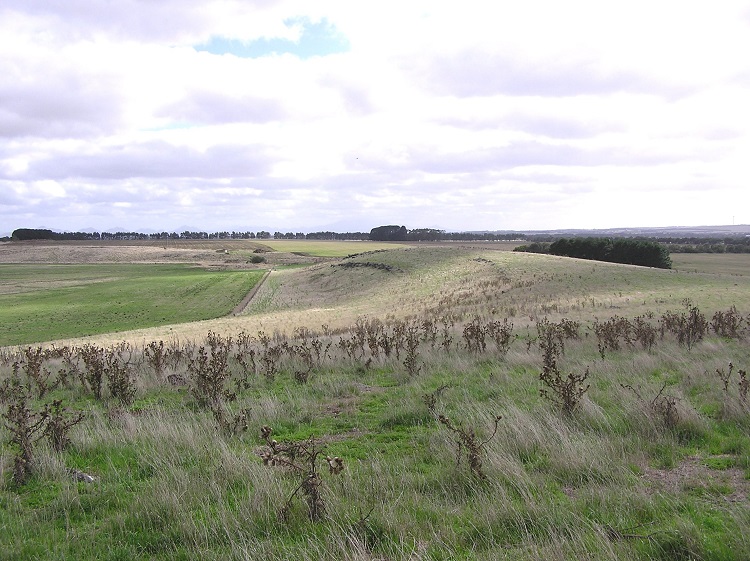That's Explosive! 3 New Volcanoes Discovered in Australia

Three new volcanoes were spotted in southeast Australia; one is 4 million years old and another spits out ash after magma quickly cools. The researchers believe there are likely many more such erupters waiting to be discovered in the area.
The researchers from Monash University in Australia discovered the volcanoes by combining satellite images with NASA topography models. The models revealed locations where the distribution of magnetic minerals resembled that commonly found in a volcanic center; this is the center of a volcano's mound, where such minerals and ash are concentrated. Once the researchers located the potential new volcanoes, the team visited the sites to confirm.
"This technique has already helped to uncover a lot more volcanoes in the area," lead researcher and graduate student Julie Boyce told Live Science in an email. "As part of my ongoing research, I have found another 20 probable small eruption centers. I haven't driven out to visit most of them yet, though." [See Amazing Photos of the World's Wild Volcanoes]
The three new volcanoes are part of the Newer Volcanic Province (NVP) in South Australia. The region has over 400 known volcanoes and includes some of the youngest volcanoes in the country. Those found in this region are not considered "typical volcanoes," Boyce said. They form when magma bubbles up from the Earth's mantle about 30 miles (50 kilometers) below the surface and hardens to form small volcanoes less than 330 feet (100 meters) high. Typical volcanoes form when tectonic plates collide or break apart.
The new survey of the NVP region covered an area of about 7,335 square miles (19,000 square km). The largest of the three new volcanoes, named Cas Maar, is almost 0.6 miles (1 km) wide, and is an unusually large volcano for the area, Boyce said. Cas Maar is a special kind of volcano that forms when magma hits groundwater, rapidly cools and spits out an ashy eruption. Boyce said Cas Maar is probably around 300,000 years old.

The other two volcanoes are lava shields, which form from layers of lava flow. Boyce named one Jays Hill and estimates it is almost 2 million years old. She named the other Burgers Hill and it is about 4 million years old.
Even though none of volcanoes in the area have erupted in the past 5,500 years, scientists still consider the NVP area an active volcano region. Since the Earth's mantle remains very hot and is still releasing carbon dioxide, which means magma is coming to the surface. The area has averaged at least one volcano eruption every 10,800 years, so geologists think future eruptions are still possible.
Sign up for the Live Science daily newsletter now
Get the world’s most fascinating discoveries delivered straight to your inbox.
"Finding undiscovered volcanoes is really important for calculations of eruption frequency, which is the active time of the volcanic field divided by the number of volcanoes," Boyce said. "So the more we know about the province, the better calculations we can make, and the more we know about the kinds of eruptions we get."
Details of the discovery are published in the Australian Journal of Earth Sciences.
Follow Kelly Dickerson on Twitter. Follow us @livescience, Facebook & Google+. Original article on Live Science.











